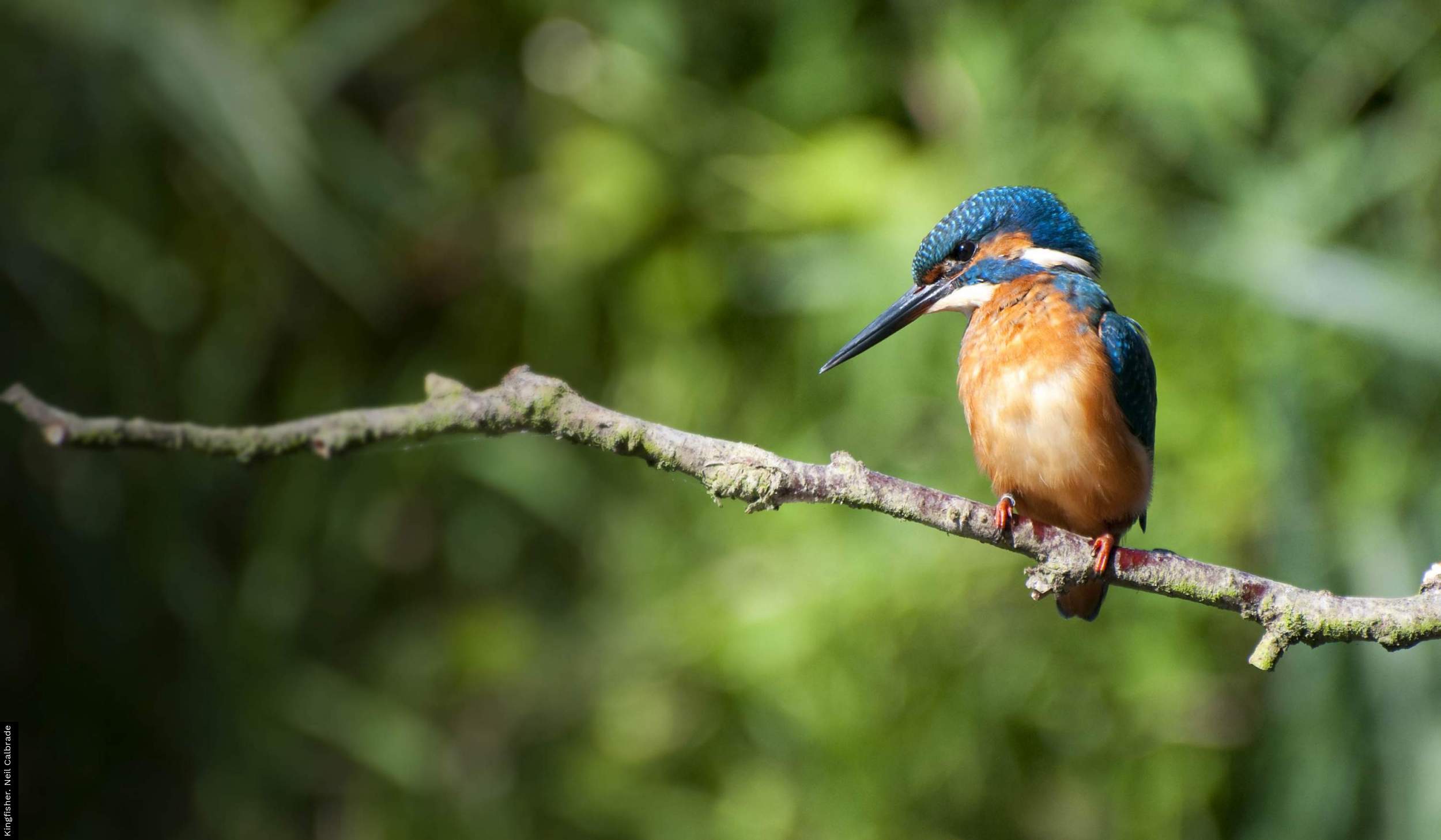About Waterways Breeding Bird Survey
The Waterways Breeding Bird Survey (WBBS) began in 1998 and has grown into an ongoing annual survey operating alongside BBS to monitor the breeding populations of widespread and common breeding birds in the UK. Around 250–300 river and canal sites are surveyed for breeding birds each spring by the BTO's volunteer observers.
Sites for coverage have mostly been selected randomly. The WBBS sample also includes around 80 former WBS sites where there has been a long history of mapping and transect coverage for birds. These 'WBS-linked' sites provide a high degree of continuity between WBS and the current WBBS that has replaced it.
WBBS stretches vary in length between one and ten 500-m transect sections, depending on the nature of the site and on the access that is available. Most stretches are 3–4 km in length. The transect section length is set at 500 m to match the section length for the Environment Agency’s River Habitat Survey (RHS) and thus is different from the 200 m set for BBS. WBBS has no other substantive differences in methodology from BBS, however.
Population trends calculated using WBBS data have formed part of the BBS Report since 2016 and trends are now published for 28 waterway-specialist bird species. WBBS developed alongside the BTO's long-running mapping survey of rivers and canals – the Waterways Bird Survey (WBS), which ran from 1974 to 2007. The BirdTrends report also includes breeding population trends that are based on a continuous run of WBS and WBBS results since 1974.
The BTO/JNCC/RSPB Breeding Bird Survey, incorporating the WBBS, is a partnership jointly funded by the BTO, RSPB and JNCC with fieldwork conducted by volunteers.










Share this page